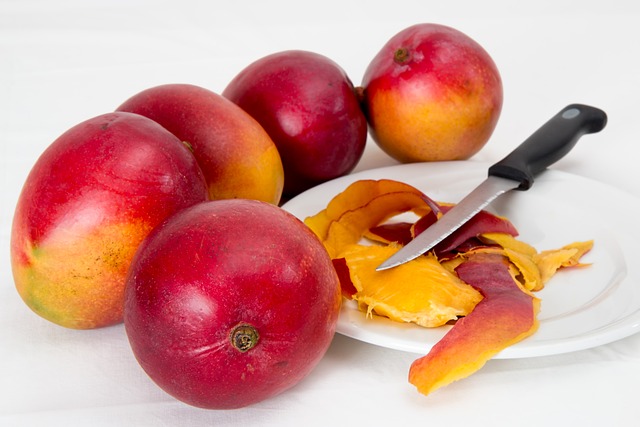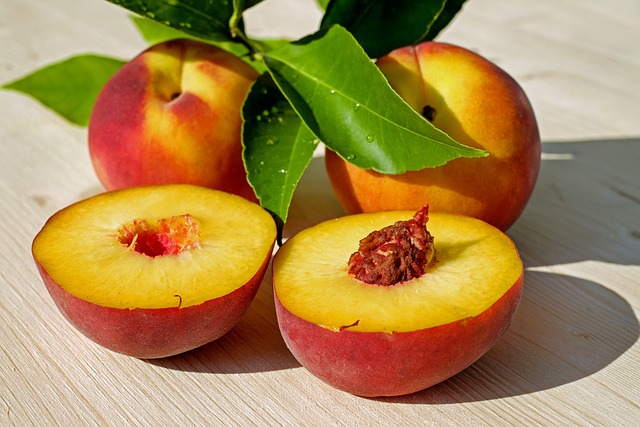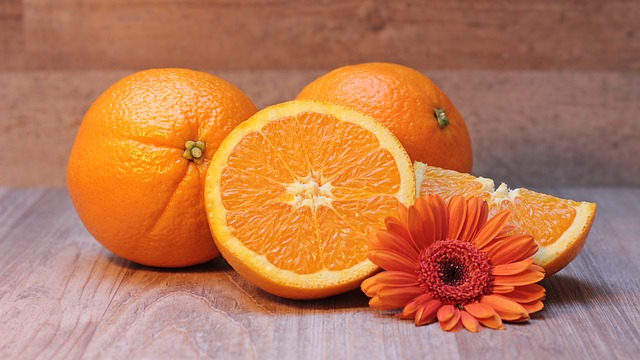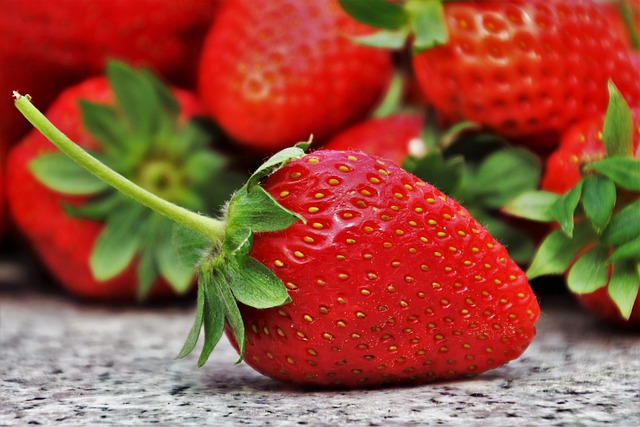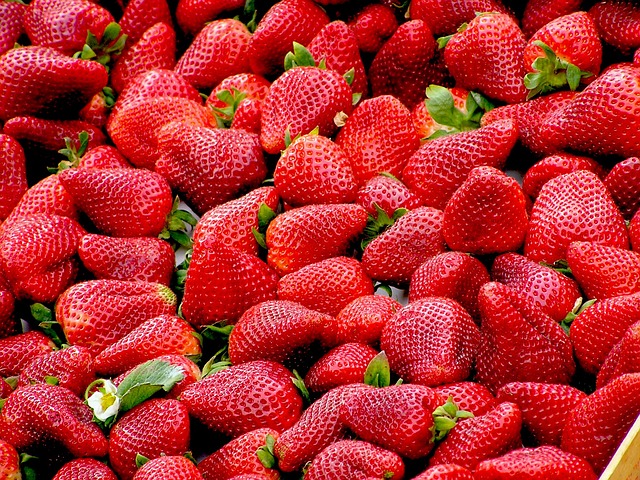A Beginner’s Guide to Probiotic Foods: How to Incorporate Them Into Your Diet
Probiotics are live microorganisms that are beneficial to our digestive system, immune system, and overall health. They are found in many types of foods, including yogurt, kefir, sauerkraut, kombucha, and kimchi. If you’re new to probiotics, it can be challenging to know how to incorporate them into your diet. In this beginner’s guide, we’ll explore the benefits of probiotics, the different types of probiotic foods, and how to make them a regular part of your diet.
What are Probiotics?
Probiotics are living organisms that can be found in various foods and supplements. They are often referred to as “good bacteria” because they help keep our gut healthy. Probiotics live naturally in our gut, but we can also introduce them to our bodies through food. They support our immune system, mental health, and digestive system.
Benefits of Probiotics
Probiotics have many potential health benefits, including:
- Improved digestion and absorption of nutrients
- Reduced symptoms of digestive disorders, such as Irritable Bowel Syndrome (IBS), Crohn’s disease, and ulcerative colitis
- Boosted immune system
- Reduced risk of infections, including urinary tract infections (UTIs)
- Lowered cholesterol levels
- Reduced inflammation and oxidative stress
- Improved mental health and mood regulation
Types of Probiotic Foods
Probiotics can be found in many types of foods. Here are some of the best sources:
- Yogurt: Yogurt is perhaps the most well-known probiotic food. It contains live cultures that help promote good gut bacteria. Be mindful of the added sugars in yogurt, which can undermine the benefits of the probiotics.
- Kefir: Similar to yogurt, kefir is a fermented dairy drink that contains probiotics. It is rich in calcium and protein and can be consumed on its own or used as a base for smoothies and other recipes.
- Sauerkraut: Sauerkraut is a fermented cabbage dish that originated in Germany. It is made by fermenting cabbage in salt and water, which produces lactic acid and promotes the growth of good bacteria.
- Kombucha: Kombucha is a fermented tea that is gaining popularity as a health drink. It is made by adding a culture of yeast and bacteria to sweetened tea and allowing it to ferment for a period of time.
- Kimchi: Kimchi is a spicy Korean dish made from fermented vegetables, such as cabbage and radish. It is a good source of probiotics and also contains vitamins A and C.
Tips for Incorporating Probiotic Foods into Your Diet
If you’re new to probiotic foods, it can be challenging to know where to start. Here are some tips for making them a regular part of your diet:
- Start with small servings: Probiotic foods can sometimes cause digestive discomfort if consumed in large amounts. Start with small servings and gradually increase over time.
- Experiment with different types: Try different types of probiotic foods to find the ones that you enjoy the most. There are many delicious options available, so don’t be afraid to mix it up.
- Make your own: Making your own probiotic foods, such as sauerkraut or kombucha, can be a fun and rewarding way to incorporate them into your diet. There are many recipes available online to help you get started.
- Be mindful of added sugars: Some types of probiotic foods, such as yogurt, can have added sugars that can undermine the benefits of the probiotics. Look for options with minimal added sugars or make your own at home.
- Pair with prebiotic foods: Prebiotic foods, such as bananas, garlic, and onions, can help nourish the probiotics in your gut. Pairing probiotic foods with prebiotic ones can enhance their effectiveness.

